The Royal Navy has completed a three-day operation monitoring a Russian task group as it transited through waters close to the UK.
HMS Somerset, a Type 23 frigate, closely observed the movements of the Russian Steregushchiy-class corvette Boikiy, which was escorting the merchant vessel Baltic Leader from Syria through the English Channel and the North Sea.
Utilising its advanced sensors and radar systems, Somerset provided continuous updates on the Russian task group’s movements. The frigate also launched its Merlin helicopter from 814 Naval Air Squadron to conduct aerial surveillance, gathering valuable intelligence.
During the operation, Somerset worked in coordination with UK maritime patrol aircraft and NATO allies, maintaining a constant watch on the Russian vessels.
This shadowing mission follows a similar operation just over two weeks ago, when HMS Iron Duke, HMS Tyne, and RFA Tideforce tracked five Russian ships, including three merchant vessels, as they sailed from Syria towards a Russian Baltic port.
Commander Joel Roberts, Commanding Officer of HMS Somerset, said:
“Somerset is well versed in the escort of Russian ships, having conducted these operations on a number of occasions. Great professionalism has been shown by the ship’s company to remain vigilant whilst operating in UK waters and integrating with our NATO allies to monitor Russian activity around Europe.”
The operation began on March 1, with Somerset shadowing Boikiy as it sailed south through the North Sea and English Channel to rendezvous with Baltic Leader. The Russian corvette then escorted the merchant vessel on its return journey to Russia. The Royal Navy frigate remained on station throughout, monitoring the task group as it passed through the traffic separation scheme near Ushant, France, before continuing back into the North Sea.
This marks the second time this year that HMS Somerset has been activated to track Russian ships. In January, the warship shadowed the suspected Russian spy vessel Yantar, alongside patrol ship HMS Tyne.


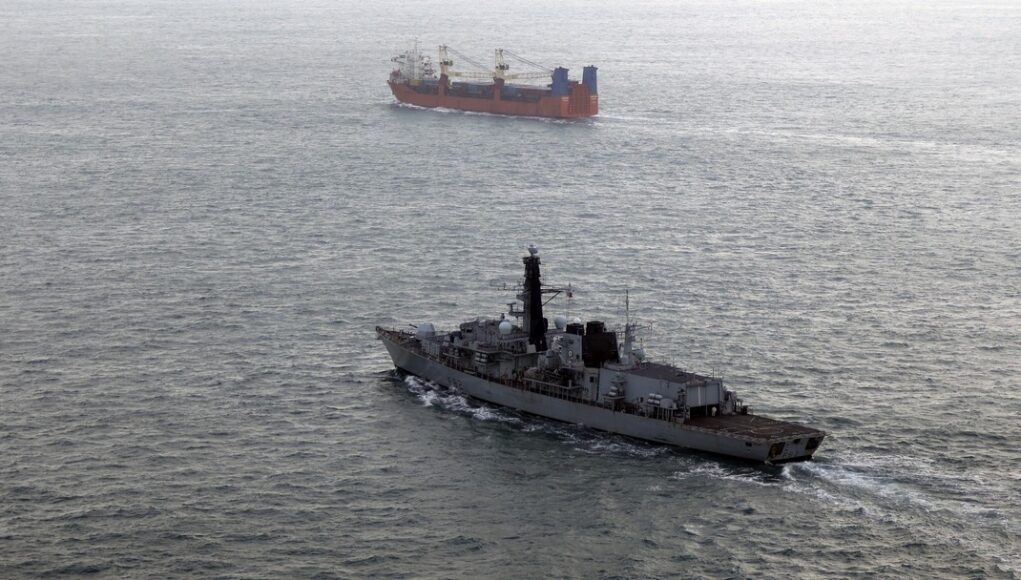

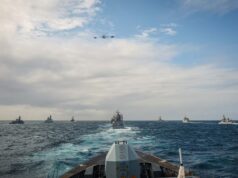

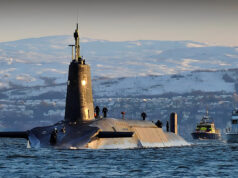



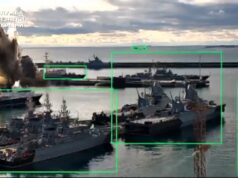
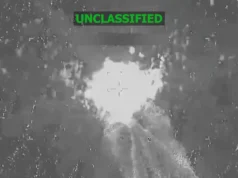
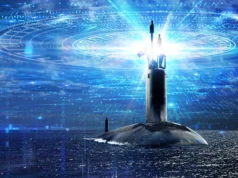

Be interesting if they crossed paths with the Ukrainian mcmv out of Portsmouth.
wonder if they would fire on them in international waters? we should let ukraine have a go
Absolutely not.
We know we can screw the lid on Putin’s surface fleet whenever RN chooses to.
He knows it to.
If is one of the few variables that eNATO totally controls without breaking into a sweat.
Although TBH air denial wouldn’t be that hard either provided the Intel kept flowing. The eNATO airforces are stuffed with plenty of Typhoon so even if The Tangeine had a fruity wobbler and did something silly with F35 then there is enough sovereign kit about. The RuAF really are terrible.
The only bit that has any doubt is army size and kit stockpiles.
But even that with air dominance allowing APACHE to be used for its intended purpose would be a different contest to what UKR are putting up with. I was always puzzled by the A10 argument as in the early stages when massed armour was being used sooooo badly by the Russian army an A10 would have been on a turkey shoot.
There is the sub surface fleet, but it’s likely they will fire their cruise missiles and run for home.
The problem with that, there is a significant number of eNATO countries which have now switched over to the F35, such as: Norway, Denmark, Belgium and Holland. They have either sold off their F16s, donated them to Ukraine or put them in long term storage. Other countries such as the UK and Italy are building up their fleet, though they both also operate the Typhoon.
The other NOTO countries, excluding the USA that have ordered the F35 are: Canada, Germany, Poland, Finland, Greece, Romania and the Czech Republic. These countries still operate a mix of Western 4th gen jets (Typhoon, F16, F18 and Tornado) or some Soviet era Migs.
Countries such as Portugal (F16), Hungary (Gripen), Bulgarian (F16 and Mig29), Slovakia (F16), Turkey (F16), Albania (no modern fixed wing fighter aircraft), Latvia/Lithuania/Estonia (no modern fixed wing fighter aircraft), Sweden (Gripen) and Croatia (Rafale), Slovenia (PC9), Spain (Typhoon), Iceland/Luxembourg/Macedonia/Montenegro (no modern fixed wing fighter aircraft) France (Rafale). At present these countries are not looking to purchase the F35 or in Turkey’s place can’t and in France’s won’t.
If we take out the F35 from being used by NATO countries currently using them. That is a huge chunk of NATO’s fast air capability.
Maybe they should actually do something about the actual threats in our waters, like those 500 illegal immigrants that entered the country on Sunday.
And some of our own sleeping on the streets who also have lost everything, not put in hotels like a lot of boat people.
Sad to see. The country is sinking in more ways than overpopulation.☹️